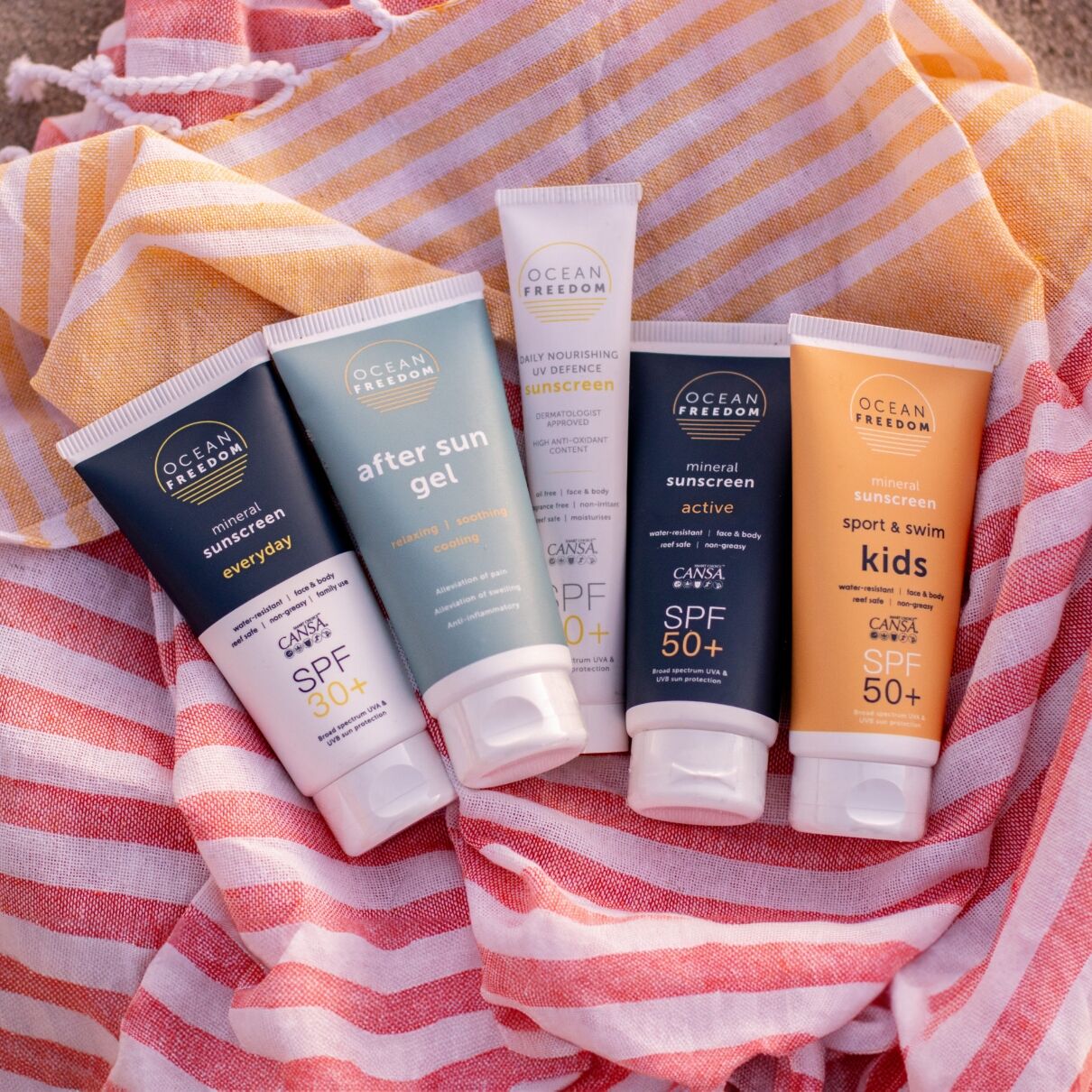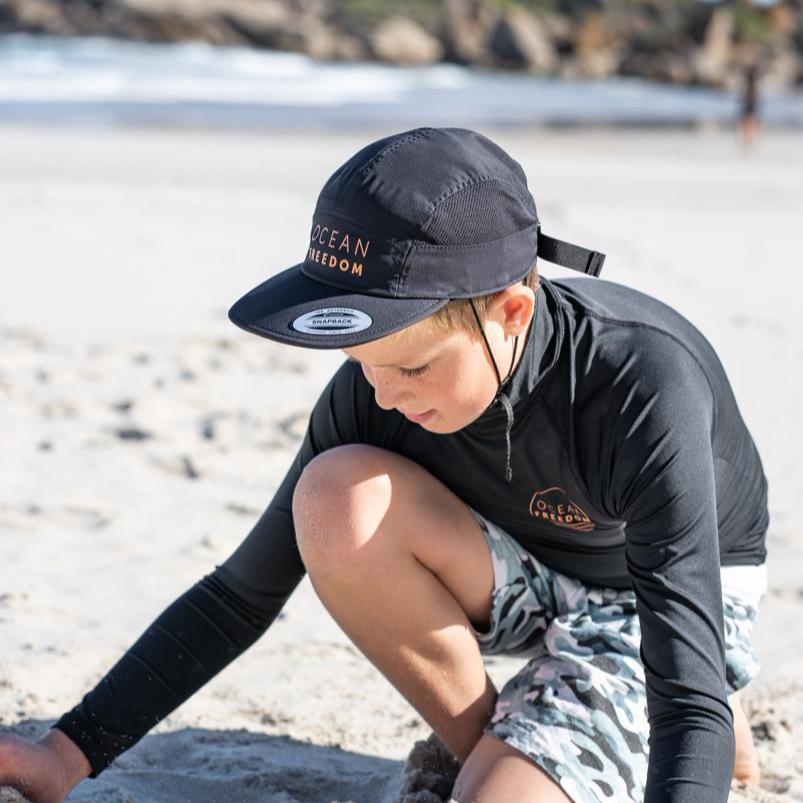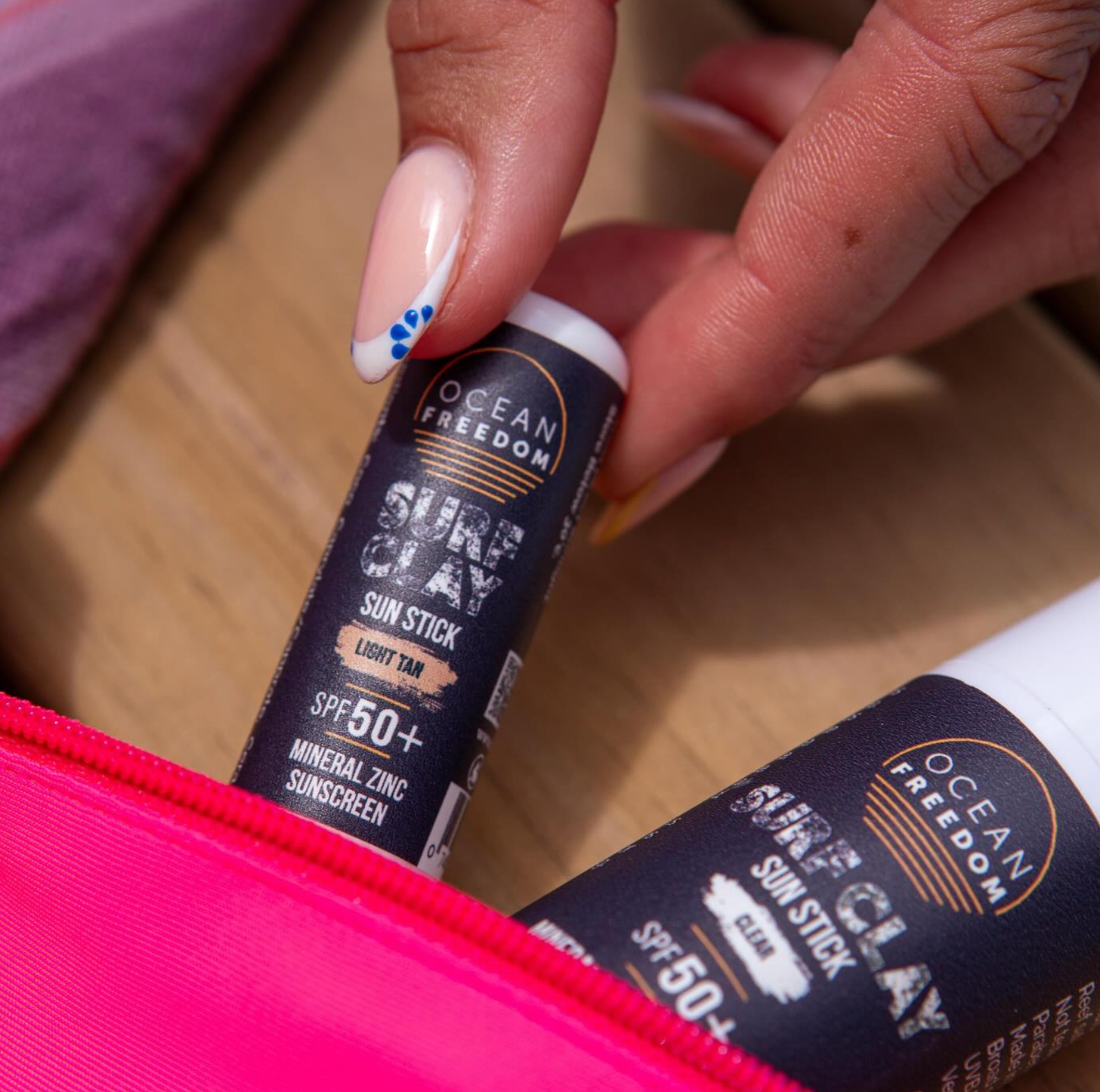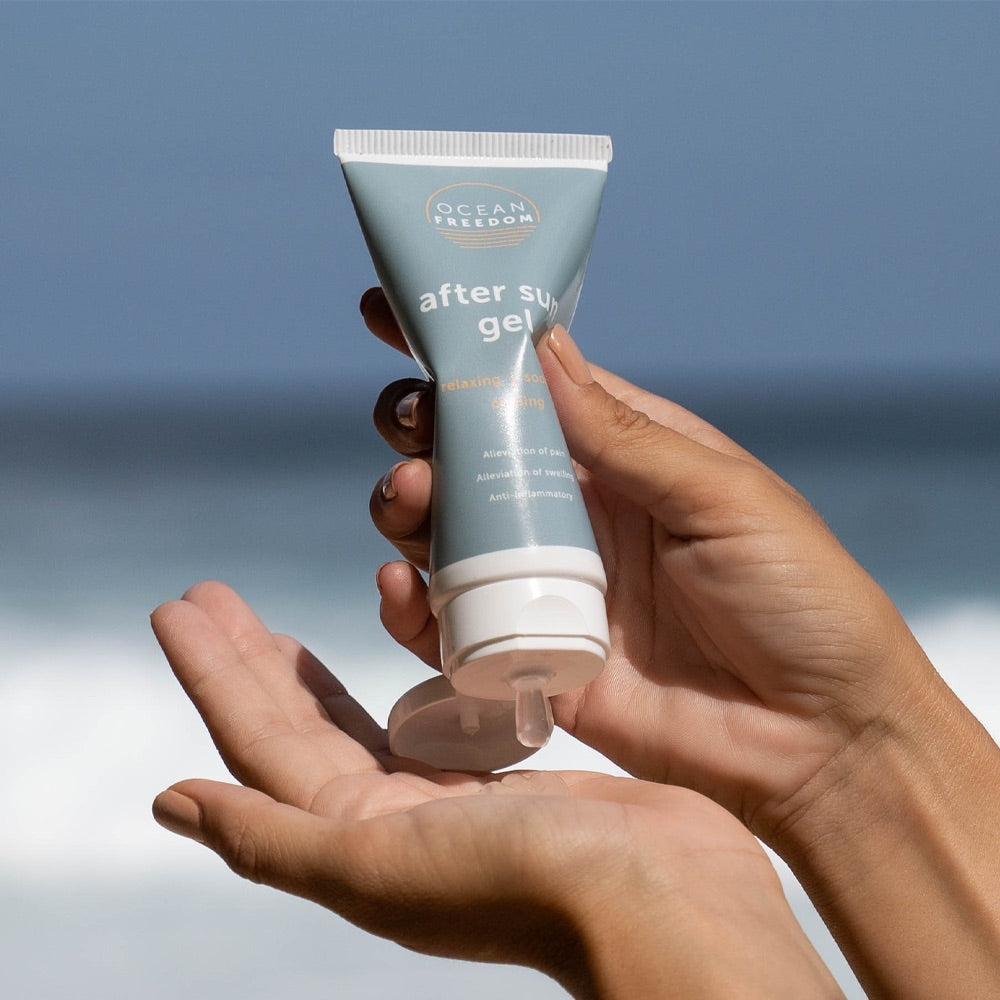When your child gets a bad sunburn, it might seem like nothing more than a painful setback...red skin, tears, maybe a few days of discomfort. But the truth is far more serious. Even a single blistering sunburn during childhood can have long-term consequences raising the risk of melanoma and other skin cancers and leaving a lasting mark on your child’s health trajectory.
The Hidden Danger of Early Sunburn
According to the Skin Cancer Foundation, just one blistering sunburn in childhood or adolescence more than doubles the risk of developing melanoma later in life. The University of Florida’s Teenvogue article echoes this warning, with dermatologists stressing that even a single burn damages the DNA of skin cells, increasing the risk of melanoma—a cancer that can be deadly if not detected early.
These findings highlight an alarming truth: kids’ skin isn’t just more prone to burning it also suffers long-term consequences from each burn.
Five Burns Means Major Risk
Worse still, multiple sunburns in youth can dramatically amplify the danger. A landmark study following more than 100,000 participants found that experiencing five or more blistering sunburns between ages 15 and 20 increased the risk of melanoma by 80%, and raised risks of basal and squamous cell carcinomas by about 68%
This powerful dose response relationship shows that the more frequent the burns, the higher the lifetime cancer risk particularly melanoma, the most dangerous of skin cancers.
Why Children Pay the Price
Scientific research indicates that exposure to UV radiation during childhood and adolescence may be particularly carcinogenic, more so than similar adult exposure. The heightened susceptibility of young skin is due to the fact that melanocytes—the pigment-producing cells that can mutate into melanoma are especially active during youth. That makes DNA damage during this window more harmful over the long run.
In simple terms: sunburns in childhood punch above their weight when it comes to cancer risk.
Beyond Cancer: UV Damage Creep
Early sunburns don’t just raise cancer risk—they also accelerate skin aging. Long-term UV exposure causes photoaging: wrinkles, sunspots, collagen breakdown, and more. Plus, UV impacts include immune suppression and eye risks like cataracts. So you’re safeguarding not just your child’s future health, but the long-term radiance and function of their skin.
Prevention Is Powerful
The facts are sobering but prevention is firmly in our control. The American Academy of Dermatology and related authorities recommend:
-
Broad-spectrum sunscreen with at least SPF 30–50, applied 15–30 minutes before heading outside and reapplied every two hours, or after swimming/sweating.
-
Complementary protection: hats, sunglasses, UPF clothing, and shade-seeking during peak UV hours.
These simple, daily steps significantly reduce the risk of sunburn and therefore the risk of cancer and premature aging.
Why It Matters for Parents and for Our Oceans
For parents it’s a decision with lifelong impact. The statistics are clear: shielding children now protects them from preventable disease later.
At the same time, choosing reef-safe, mineral-based sunscreens, like those formulated with non‑nano zinc oxide, aligns personal care with environmental care protecting both your child’s skin and the oceans that sustain us.
A childhood sunburn is not harmless it's a wake-up call. Even one sunburn can double melanoma risk, and multiple burns exponentially raise the stakes. But with smart daily habits, proper sunscreen, shade, and protective gear we can break the cycle. Let’s protect our kids today, so they and our planet thrive tomorrow.
Protect what matters most and shop Ocean Freedom sunscreen products here: https://oceanfreedom.com/collections/all
Sources:-
Skin Cancer Foundation: Risk of sunburns doubling melanoma risk https://www.ucsfbenioffchildrens.org/education/sun-safety-for-children-and-babies
-
Teenvogue: DNA damage from even one sunburn https://www.teenvogue.com/story/how-long-does-a-sunburn-last-how-it-affects-skin
-
Large cohort study on five or more burns increasing melanoma risk by 80% https://ecancer.org/en/news/5785-five-or-more-blistering-sunburns-before-age-twenty-may-increase-melanoma-risk-by-eighty-percent
-
Research on heightened childhood UV vulnerability https://pmc.ncbi.nlm.nih.gov/articles/PMC3409870/
-
UV-induced photoaging and related long-term damage https://en.wikipedia.org/wiki/Photoaging
-
Comprehensive sun protection guidelines by AAD, WHO https://www.aad.org/media/stats-skin-cancer








